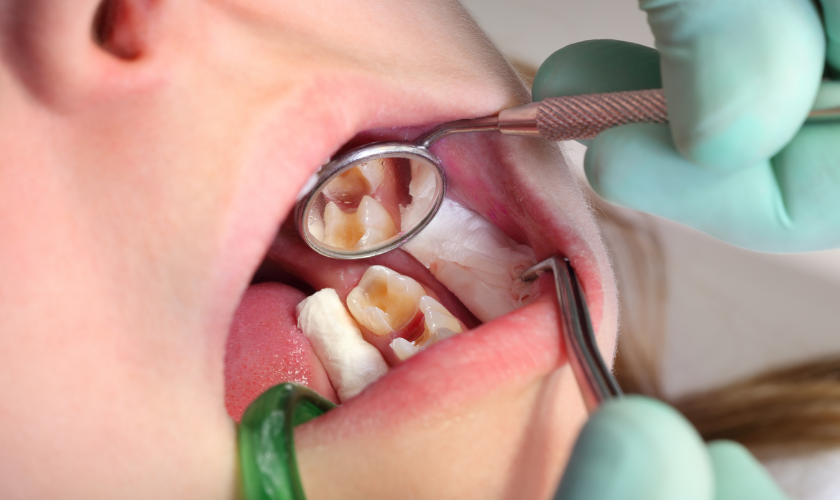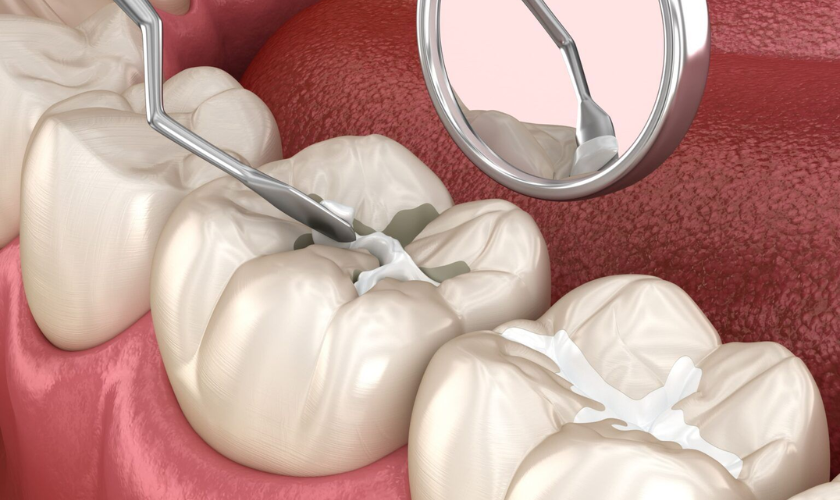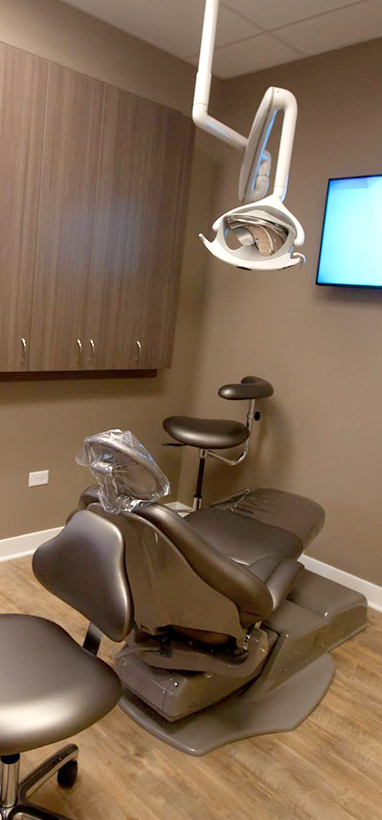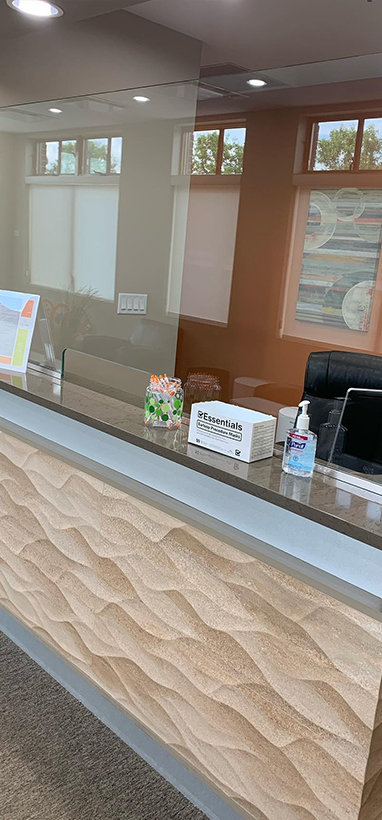1516 Legacy Cir, Naperville, IL 60563
How to Protect a Loose Tooth from Falling Out: A Complete Guide

A loose tooth can be a source of anxiety for both children and adults. While it’s a natural part of childhood development, in adults, a loose tooth often signals underlying issues such as gum disease, trauma, or other health problems. This blog will provide a comprehensive guide on how to protect a loose tooth from falling out. We’ll cover the causes, symptoms, and detailed strategies to keep that tooth in place while also promoting overall dental health.
Understanding Loose Teeth
Causes of Loose Teeth
Periodontal Disease
One of the most common causes of loose teeth in adults is periodontal disease, a severe gum infection that damages soft tissue and destroys the bone that supports your teeth. This condition can lead to tooth loss if left untreated.
Trauma or Injury
A blow to the mouth from an accident or sports injury can loosen a tooth. In such cases, immediate dental care is essential to save the tooth.
Osteoporosis
This bone-weakening disease can affect the bones in your mouth, leading to loose teeth. Women are particularly at risk after menopause.
Grinding or Clenching
Habitual grinding (bruxism) or clenching of teeth can cause teeth to loosen over time due to the excessive pressure exerted on them.
Poor Dental Hygiene
Neglecting oral care can lead to plaque buildup, which can progress to gum disease, ultimately causing loose teeth.
Symptoms of Loose Teeth
Movement in the Tooth : The most obvious symptom is the tooth moving when touched or while eating.
Gum Redness and Swelling : Inflamed gums around the loose tooth can indicate infection or gum disease.
Pain and Discomfort : Pain when chewing or brushing can be a sign that a tooth is loose.
Bleeding Gums : Frequent gum bleeding, especially when brushing or flossing, can signal periodontal disease.
Immediate Actions to Take
See a Dentist Immediately
The first and most crucial step is to see a dentist as soon as possible. A professional can diagnose the cause and recommend appropriate treatment.
Avoid Touching or Wiggling the Tooth
Refrain from playing with the loose tooth with your tongue or fingers. This can exacerbate the looseness and cause further damage.
Adjust Your Diet
Avoid hard, crunchy, or sticky foods that could aggravate the loose tooth. Opt for softer foods like yogurt, mashed potatoes, and smoothies.
Dental Treatments for Loose Teeth
Deep Cleaning (Scaling and Root Planing)
For gum disease, your Naperville dentist may recommend a deep cleaning to remove plaque and tartar buildup beneath the gums.
Splinting
A dental splint can be used to stabilize a loose tooth. This involves bonding the loose tooth to adjacent teeth for support.
Bite Adjustment
If grinding or an improper bite is causing the loose tooth, a bite adjustment may be necessary to redistribute the pressure on your teeth.
Medications
Antibiotics or antiseptic mouth rinses may be prescribed to treat underlying infections and promote gum healing.
Bone Grafts
In severe cases of bone loss, a bone graft might be necessary to regenerate lost bone and provide support to the tooth.
Tooth Extraction
If the tooth is too damaged to be saved, extraction may be necessary. Your dentist can then discuss options for replacing the lost tooth, such as implants or bridges.
Home Remedies to Support Dental Health
Saltwater Rinse
Rinsing your mouth with warm salt water can help reduce inflammation and promote healing. Mix a teaspoon of salt in a glass of warm water and rinse twice daily.
Good Oral Hygiene
Maintain rigorous oral hygiene by brushing twice a day with a soft-bristled toothbrush and fluoride toothpaste. Don’t forget to floss daily to remove plaque between teeth.
Antibacterial Mouthwash
Use an antibacterial mouthwash to reduce plaque and prevent gum disease.
Healthy Diet
Incorporate a balanced diet rich in vitamins and minerals to strengthen your gums and teeth. Foods high in calcium and vitamin D, such as dairy products and leafy greens, are particularly beneficial.
Avoid Tobacco
Tobacco use can exacerbate gum disease and lead to tooth loss. Quitting smoking is crucial for maintaining oral health.
Preventive Measures for Long-Term Dental Health
Regular Dental Check-ups
Schedule regular dental check-ups and cleanings every six months to catch and treat issues early.
Mouthguards for Athletes
If you participate in contact sports, wear a mouthguard to protect your teeth from trauma.
Manage Bruxism
If you grind your teeth at night, consider a night guard to protect your teeth from further damage.
Stay Hydrated
Drinking plenty of water helps wash away food particles and bacteria, promoting a healthy mouth.
Stress Management
Reduce stress through relaxation techniques, as stress can contribute to bruxism and poor oral hygiene habits.
FAQs about Loose Teeth
Q1. Can a loose tooth tighten back up on its own?
A1. In some cases, a loose tooth can tighten back up if the cause is treated promptly. For example, reducing inflammation from gum disease or stopping grinding habits can allow the tooth to stabilize.
Q2. How long does it take for a loose tooth to heal?
A2. The healing time can vary depending on the cause and the treatment received. It can take a few weeks to a few months for a loose tooth to stabilize.
Q3. Is it normal for an adult tooth to be loose?
A3. No, it’s not normal for adult teeth to be loose. It’s often a sign of underlying dental issues that require professional attention.
Q4. Can I fix a loose tooth at home?
A4. While home remedies can help support dental health, they cannot replace professional dental treatment. It’s essential to see a dentist to address the underlying cause.
A loose tooth can be alarming, but understanding the causes and taking prompt action can prevent further damage and potential tooth loss. Prioritize regular dental check-ups, maintain good oral hygiene, and address any underlying health issues to keep your teeth strong and healthy. Remember, early intervention by a dental professional is key to protecting a loose tooth and ensuring a healthy smile for years to come.








